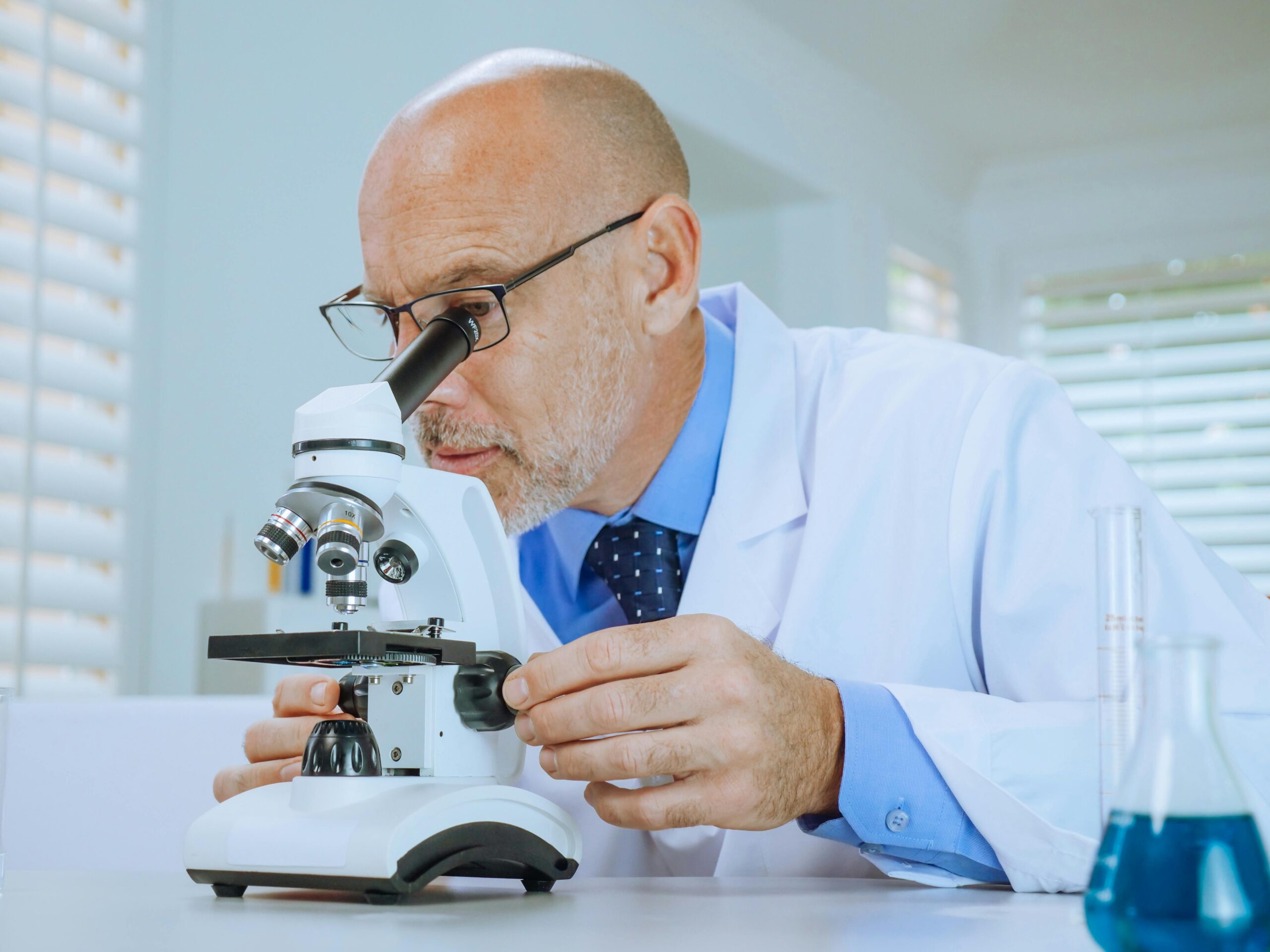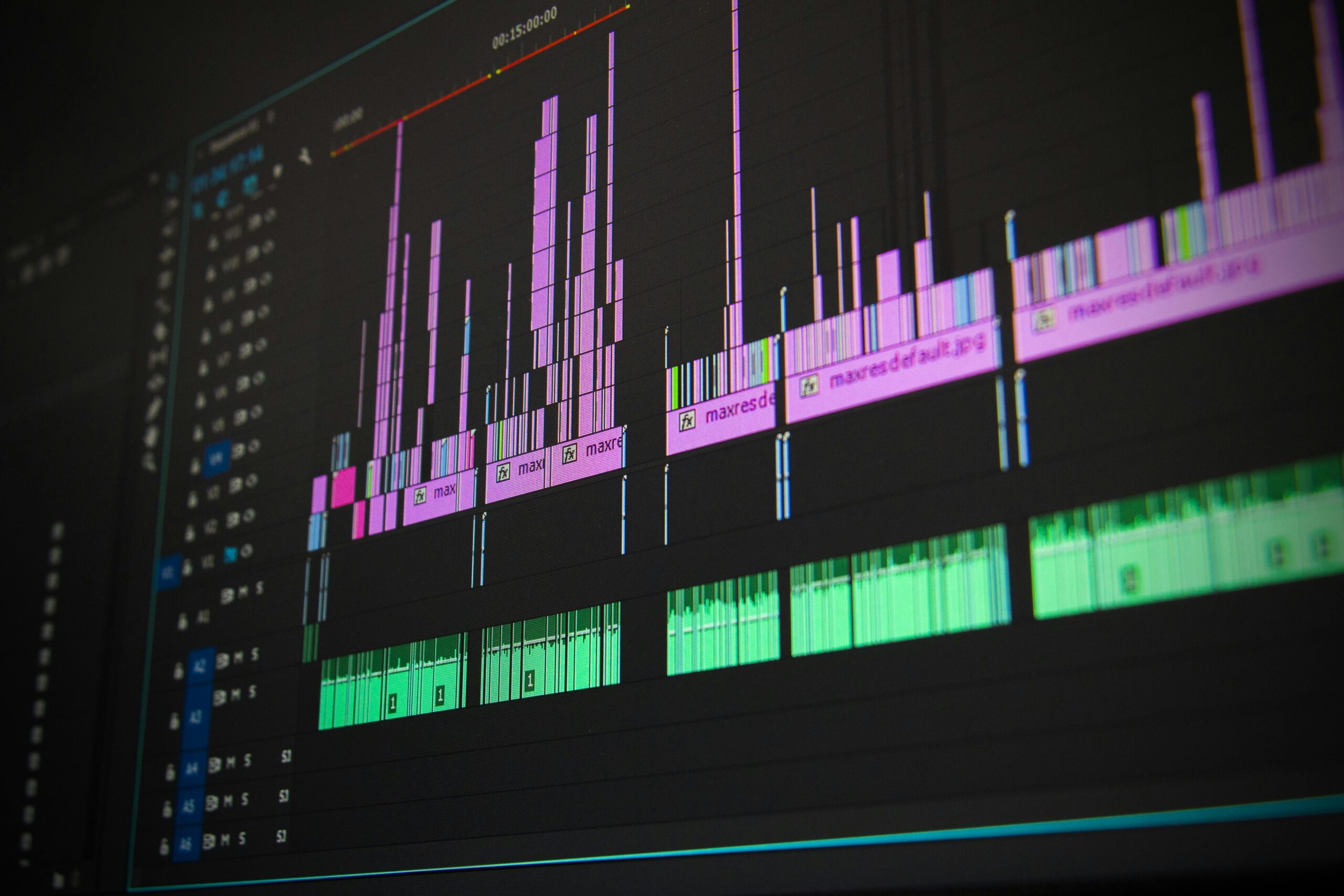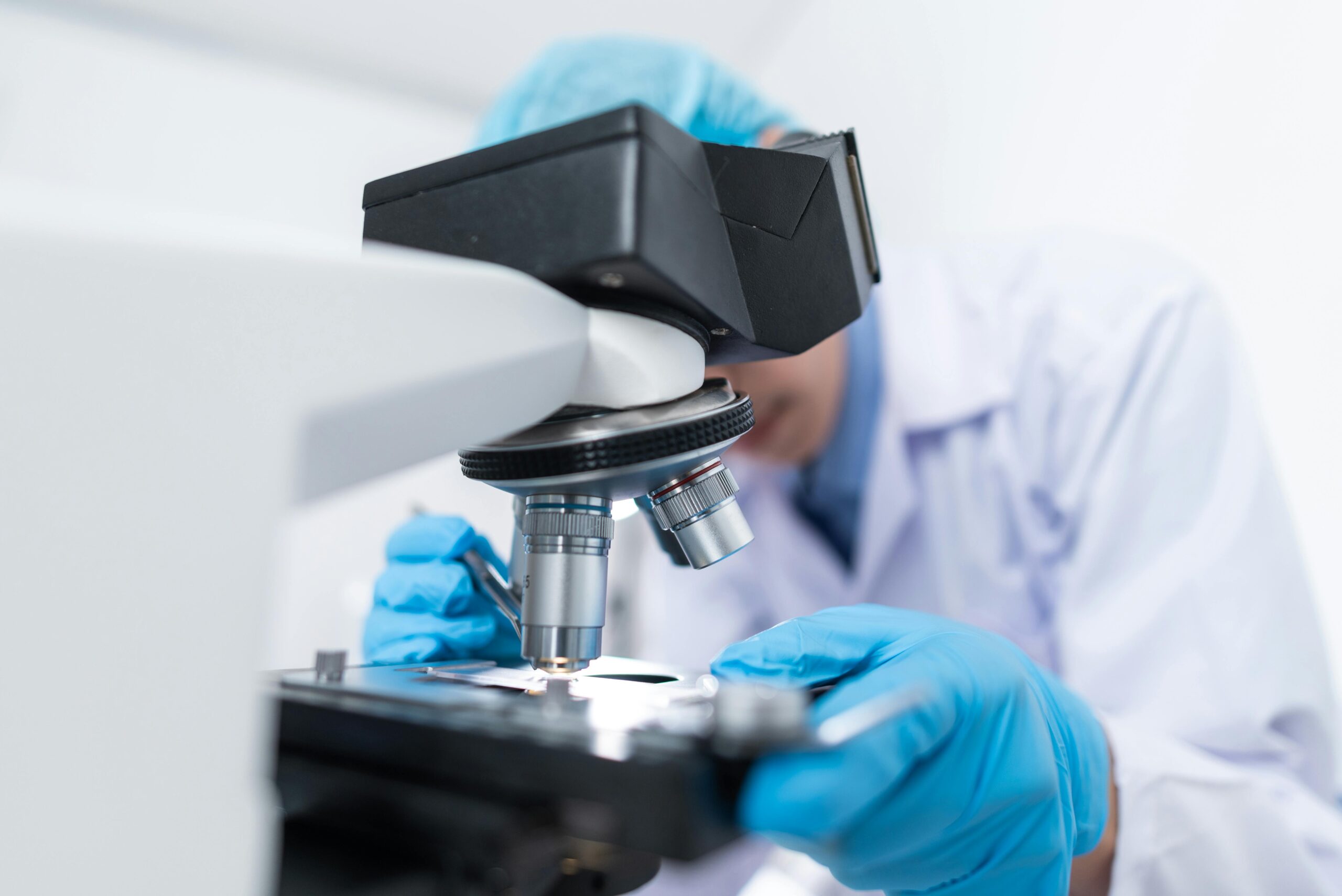The convergence of data analytics and advanced imaging technologies is transforming how researchers understand tissue maturation, opening unprecedented pathways for precision medicine. This revolution combines computational power with biological insight to decode complex developmental processes.
Modern medicine stands at a crucial intersection where technology meets biology. As healthcare evolves toward personalized treatment strategies, understanding tissue development and maturation at granular levels becomes essential for creating therapies tailored to individual patients’ needs and genetic profiles.
🔬 The Foundation: Understanding Tissue Maturation in Modern Research
Tissue maturation represents one of the most intricate biological processes, involving coordinated cellular differentiation, structural organization, and functional specialization. Traditional methods of studying these processes relied heavily on static observations and limited sampling techniques that provided only snapshots of dynamic developmental sequences.
Contemporary research demands more sophisticated approaches. Scientists now recognize that tissue maturation involves complex spatiotemporal patterns influenced by genetic programming, environmental factors, and intricate cell-to-cell communication networks. Understanding these multifaceted interactions requires tools capable of capturing both structural details and functional dynamics simultaneously.
The challenge extends beyond simple observation. Researchers must quantify subtle changes, identify patterns across diverse tissue types, and correlate morphological transformations with molecular events. This complexity necessitates integrating multiple data streams from various imaging modalities and analytical platforms.
📊 Data Analytics: The Engine Driving Discovery
Data analytics has emerged as the cornerstone of modern tissue maturation research. The volume of information generated by contemporary imaging technologies far exceeds human analytical capacity, creating both opportunities and challenges for researchers seeking meaningful biological insights.
Machine Learning Transforms Pattern Recognition
Machine learning algorithms excel at identifying subtle patterns within massive datasets that would remain invisible to conventional analysis. These computational approaches can detect morphological changes indicative of maturation stages, classify tissue states with remarkable accuracy, and even predict developmental trajectories based on early markers.
Deep learning networks, particularly convolutional neural networks, have demonstrated exceptional performance in analyzing histological images, identifying cellular structures, and tracking developmental progressions. These systems learn from thousands of labeled examples, developing sophisticated pattern recognition capabilities that rival or exceed expert human observers.
The application extends beyond simple classification. Advanced algorithms now perform segmentation tasks, isolating individual cells within complex tissue environments, measuring precise morphometric parameters, and tracking cellular lineages through developmental sequences. This granular analysis provides quantitative foundations for understanding maturation mechanisms.
Predictive Modeling for Developmental Pathways
Predictive analytics represents another transformative application in tissue maturation research. By integrating temporal data from sequential imaging studies, researchers construct models that forecast developmental outcomes based on initial conditions and intermediate observations.
These predictive frameworks prove invaluable for precision medicine applications. Clinicians can potentially anticipate how engineered tissues will mature, predict patient responses to regenerative therapies, and identify early deviations from normal developmental trajectories that might indicate disease processes or therapeutic complications.
🖼️ Advanced Imaging Technologies Reveal Hidden Complexity
Modern imaging modalities provide unprecedented resolution and dimensional depth for studying tissue maturation. These technologies capture information across spatial scales from molecular to organ level, creating comprehensive portraits of developmental processes.
Multiphoton Microscopy Enables Living Tissue Observation
Multiphoton microscopy represents a breakthrough for observing living tissues without disrupting their natural development. This technique uses long-wavelength light that penetrates deeply into tissue samples while minimizing photodamage, enabling researchers to conduct longitudinal studies tracking individual cells through maturation processes.
The technology captures three-dimensional structural information with subcellular resolution, revealing how cellular architectures evolve during maturation. Researchers can visualize extracellular matrix remodeling, monitor cellular migration patterns, and observe real-time interactions between different cell populations within developing tissues.
Optical Coherence Tomography for Non-Invasive Assessment
Optical coherence tomography (OCT) provides cross-sectional imaging of tissue microstructure using light interference patterns. This non-invasive technique proves particularly valuable for monitoring engineered tissue constructs and assessing maturation status without requiring destructive sampling or tissue processing.
OCT systems generate high-resolution images at video rates, enabling dynamic studies of tissue responses to environmental stimuli or therapeutic interventions. The technique measures structural parameters such as tissue thickness, density variations, and architectural organization that serve as quantitative maturation indicators.
Mass Spectrometry Imaging Maps Molecular Landscapes
Mass spectrometry imaging adds molecular dimensionality to spatial information, creating comprehensive maps showing distributions of proteins, lipids, metabolites, and other biomolecules across tissue sections. This technique reveals biochemical maturation signatures complementing structural observations.
The molecular information proves crucial for understanding functional maturation beyond morphological changes. Researchers identify specific protein expressions associated with mature phenotypes, track metabolic transitions during development, and correlate spatial molecular patterns with cellular differentiation states.
🎯 Integration Strategies: Combining Data Streams for Comprehensive Insights
The true power of modern approaches emerges when diverse data streams merge into integrated analytical frameworks. Single-modality observations provide limited perspectives, but combining structural imaging, molecular profiling, and functional assessments creates holistic representations of tissue maturation.
Multimodal Data Fusion Techniques
Data fusion methodologies align information from different imaging modalities and analytical platforms, creating unified datasets that preserve spatial relationships while incorporating multiple information dimensions. These integrated datasets enable correlative analyses revealing relationships between structure, composition, and function.
Advanced registration algorithms align images from different sources despite variations in resolution, field of view, or sample orientation. Computational pipelines then extract corresponding features from each modality, enabling direct comparisons and statistical correlations across measurement types.
Temporal Dynamics and Longitudinal Analysis
Understanding maturation requires capturing temporal dynamics as tissues progress through developmental stages. Longitudinal imaging studies combined with time-series analysis reveal developmental kinetics, identify critical transition points, and characterize maturation trajectories.
Researchers apply sophisticated statistical models to temporal datasets, distinguishing genuine developmental trends from random variations. These analyses identify rate-limiting steps in maturation processes, detect accelerated or delayed development, and quantify how experimental interventions alter developmental timing.
💊 Applications in Precision Medicine: From Bench to Bedside
The integration of data analytics and advanced imaging directly impacts clinical applications, particularly in regenerative medicine, tissue engineering, and personalized therapeutic strategies.
Engineered Tissue Quality Assessment
Tissue engineering aims to create functional tissue replacements for damaged or diseased organs. Assessing engineered tissue maturity remains critical for determining transplantation readiness and predicting post-implantation performance.
Imaging analytics provide objective, quantitative maturity metrics replacing subjective assessments. Automated systems analyze structural organization, cellular density, vascular network development, and molecular marker expression, generating comprehensive maturity scores guiding clinical decision-making.
Personalized Regenerative Therapy Planning
Precision medicine approaches tailor regenerative interventions to individual patient characteristics. Pre-treatment imaging combined with predictive analytics helps clinicians select optimal therapeutic strategies, anticipate treatment responses, and customize intervention parameters.
Patient-specific models incorporate genetic information, tissue condition assessments, and population-based developmental data to forecast how particular treatments will affect tissue regeneration and maturation in individual cases. This personalized approach optimizes outcomes while minimizing trial-and-error experimentation.
Early Disease Detection Through Maturation Markers
Abnormal tissue maturation often precedes overt disease manifestations. Advanced imaging analytics detect subtle deviations from normal developmental patterns that might indicate emerging pathology, enabling early interventions before conditions become irreversible.
Algorithms trained on healthy tissue maturation patterns identify anomalous features in patient samples, flagging potential concerns for clinical attention. These systems detect architectural disorganization, aberrant molecular expressions, or altered cellular compositions signaling disease processes.
🚀 Emerging Technologies Shaping Future Research
The field continues evolving rapidly as new technologies emerge and existing approaches undergo refinement. Several promising developments appear poised to further revolutionize tissue maturation research and precision medicine applications.
Artificial Intelligence for Automated Discovery
Next-generation AI systems move beyond pattern recognition toward autonomous hypothesis generation and experimental design. These advanced platforms analyze complex datasets, identify unexpected correlations, and propose mechanistic explanations for observed phenomena.
Automated discovery systems could accelerate research by exploring parameter spaces too vast for manual investigation, identifying non-obvious relationships between variables, and suggesting novel experimental approaches based on comprehensive literature integration and data analysis.
Real-Time Imaging Analytics for Live Feedback
Future systems will provide real-time analytical feedback during experiments, enabling adaptive imaging protocols and responsive experimental adjustments. Closed-loop systems combining imaging acquisition with immediate computational analysis could optimize data collection strategies dynamically.
These responsive approaches maximize information yield from limited samples, focus attention on regions showing interesting developmental features, and enable interactive exploration of tissue maturation processes.
Single-Cell Resolution in Complex Tissues
Emerging technologies push toward comprehensive single-cell characterization within intact three-dimensional tissue contexts. Combining high-resolution imaging with multiplexed molecular profiling enables simultaneous assessment of cellular phenotypes, spatial positions, and interaction networks.
Single-cell spatial analytics reveal how individual cells contribute to collective tissue maturation, identify rare cell populations with specialized functions, and characterize microenvironmental influences on cellular differentiation and maturation.
🔍 Challenges and Considerations in Implementation
Despite tremendous potential, implementing advanced imaging analytics in tissue maturation research presents significant challenges requiring careful consideration and ongoing development efforts.
Data Standardization and Interoperability
The proliferation of imaging modalities and analytical platforms creates data heterogeneity challenges. Different systems generate outputs in various formats, using inconsistent nomenclature and measurement standards that complicate data integration and cross-study comparisons.
Establishing standardized data formats, common ontologies, and shared quality metrics remains essential for building cumulative knowledge bases and enabling meta-analyses across independent studies. Community efforts toward standardization facilitate collaborative research and accelerate discovery.
Validation and Reproducibility
Ensuring analytical reliability requires rigorous validation procedures and reproducibility assessments. Complex computational pipelines involving multiple processing steps create opportunities for errors or biases that might compromise results.
Researchers must implement quality control measures, conduct sensitivity analyses, and validate algorithmic performance against ground-truth standards. Transparent reporting of methodological details enables independent verification and builds confidence in computational findings.
Ethical Considerations in Medical Applications
As imaging analytics increasingly influence clinical decisions, ethical considerations surrounding algorithmic transparency, patient privacy, and equitable access become paramount. Ensuring AI systems operate fairly across diverse patient populations requires careful attention to training data representation and bias mitigation.
Maintaining patient data security while enabling collaborative research presents ongoing challenges. Federated learning approaches and privacy-preserving computational methods offer potential solutions enabling knowledge sharing without compromising individual privacy.
🌟 The Path Forward: Collaborative Innovation
Realizing the full potential of data analytics and imaging in tissue maturation research requires interdisciplinary collaboration bringing together biologists, engineers, computer scientists, and clinicians. This convergence of expertise drives innovation addressing biological questions with technological solutions.
Open-science initiatives sharing datasets, algorithms, and analytical tools accelerate progress by enabling researchers worldwide to build upon each other’s work. Public repositories housing annotated image datasets serve as valuable resources for algorithm development and validation.
Educational programs training the next generation of researchers in both biological principles and computational methods ensure continued advancement. Hybrid expertise enables scientists to formulate biologically relevant questions, implement appropriate analytical approaches, and interpret results within proper biological contexts.

🎓 Transforming Healthcare Through Tissue Understanding
The revolution in tissue maturation research extends far beyond academic laboratories, fundamentally transforming how healthcare providers approach treatment planning, outcome prediction, and therapeutic monitoring. As technologies mature and analytical capabilities expand, precision medicine moves from aspirational concept toward routine clinical practice.
Patients increasingly benefit from treatments informed by detailed tissue maturation assessments, personalized regenerative strategies, and early disease detection enabled by advanced imaging analytics. The convergence of data science and biomedical imaging creates opportunities for improving health outcomes through deeper biological understanding.
Looking ahead, continued innovation in imaging technologies, analytical algorithms, and integrative approaches promises even greater insights into tissue maturation processes. These advances will enable researchers to answer fundamental questions about development, regeneration, and disease while empowering clinicians with tools for delivering truly personalized care tailored to each patient’s unique biological characteristics.
The journey toward comprehensive understanding of tissue maturation continues, driven by collaborative efforts combining cutting-edge technology with biological wisdom. As data analytics and imaging capabilities advance, they illuminate previously hidden aspects of development, creating foundations for medical breakthroughs that will define healthcare’s future. This ongoing revolution demonstrates how interdisciplinary innovation addresses complex biological challenges, ultimately translating scientific discovery into tangible improvements in human health and wellbeing.
Toni Santos is a biotechnology storyteller and molecular culture researcher exploring the ethical, scientific, and creative dimensions of genetic innovation. Through his studies, Toni examines how science and humanity intersect in laboratories, policies, and ideas that shape the living world. Fascinated by the symbolic and societal meanings of genetics, he investigates how discovery and design co-exist in biology — revealing how DNA editing, cellular engineering, and synthetic creation reflect human curiosity and responsibility. Blending bioethics, science communication, and cultural storytelling, Toni translates the language of molecules into reflections about identity, nature, and evolution. His work is a tribute to: The harmony between science, ethics, and imagination The transformative potential of genetic knowledge The shared responsibility of shaping life through innovation Whether you are passionate about genetics, biotechnology, or the philosophy of science, Toni invites you to explore the code of life — one discovery, one cell, one story at a time.




